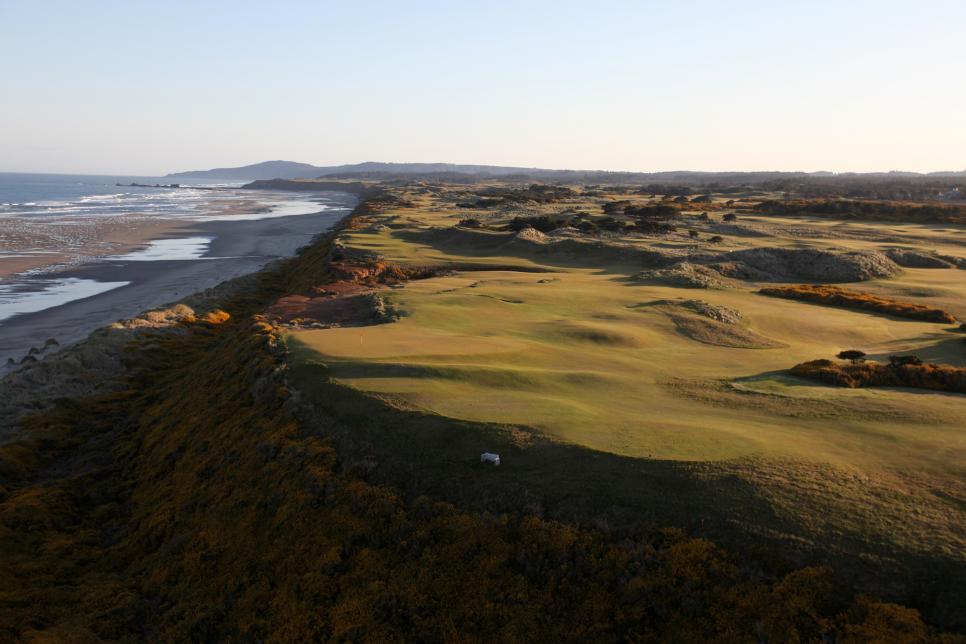Courses
How the architect of Bandon Dunes balances the pursuit of critical and commercial success

Stephen Szurlej
What do artists desire most: critical acclaim or commercial success? They aren’t mutually exclusive, and every creator desires both, but rarely, in any medium, do the two overlap entirely.
Golf course designer David McLay Kidd, however, has built a number of courses that have come close. The original course at Bandon Dunes, Gamble Sands in Washington, and Mammoth Dunes at Sand Valley in Wisconsin are all wildly popular with a broad cross-section of players, and each has been eagerly embraced by Golf Digest panelists as well. Kidd has also caught heat, from players and critics alike, for designs like Tetherow in Oregon and the Castle Course at St. Andrews, often viewed as too extreme.
When he was younger, the always outspoken Kidd might have strived purely for critical consideration, embracing the notion that the artist’s role is to push the against the boundaries of the status quo, sometimes achieving dazzling breakthroughs and sometimes just breaking things. Yet at this point in his career, as he explains to Derek Duncan and golf course builder Jim Urbina in the latest Feed the Ball Salon podcast (scroll down to listen, or subscribe to "Feed The Ball" wherever you listen to podcasts), the prospect of building courses that are embraced by the masses for their ability to foster successful play has become increasingly important. He’s still torn.
Kidd discusses this dilemma, what it was like to pioneer the golf at Bandon Dunes and then watch others—including Urbina, working for Tom Doak—come in after he’d laid the foundation, the importance of artistic progress and how he helped reintroduce the values of fun and playability into modern design.